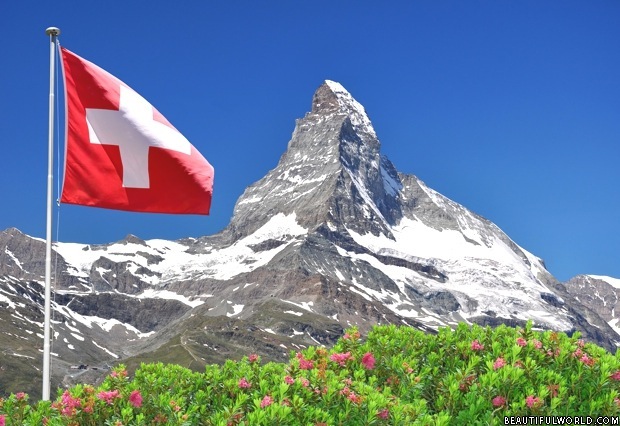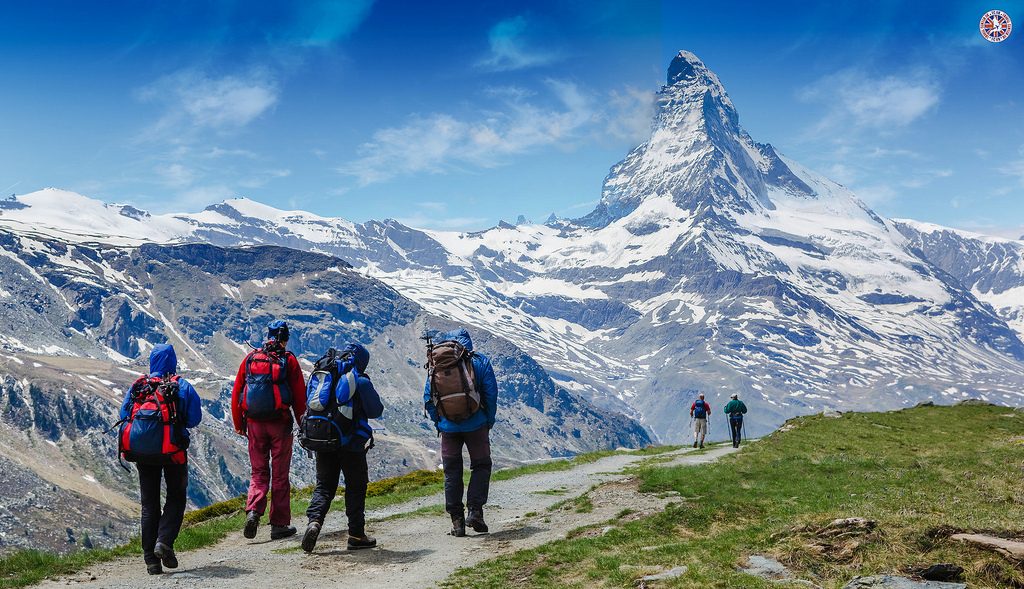If you have been to the Alps, specifically the Matterhorn peak, (or know your Geography well) then the title must have surprised you a lot. How can part of the European famous Alps ranges of mountain be African? The point of concern, the Matterhorn peak sits right at the border of Switzerland and Italy; that’s quite far from Africa!
Well, to understand why the Matterhorn – the sixth-tallest peak in the Alps – is African, you need to recall your Geography lessons on tectonic plates. And how the Earth’s interior is a hot thick fluid with plates floating on top of it and continuously moving.
Let’s be a bit professional, shall we? The said thick fluid is actually molten rocks call magma. You can call it lava, but there’s a little difference between magma and lava, but that’s a whole different topic, so for the purpose of this article let us go with magma. So back to the magma, which forms the inner areas of Earth, with the outer parts being a sheet of solid rocks floating on top of it (magma).
Now, the African tectonic plate (the solid rock on top of magma, no top of which the African continent sits) and the European tectonic plate collided as they were floating around on top of the magma. Though the word collided is a very dramatic word, because these tectonic plates were moving at about three inches per year. Hardly a speed to warrant the term ‘collided,’ as we’re used to seeing vehicles collide while traveling at much higher speeds.
As the two tectonic plates collided, the earth on both sides of the continents buckled upwards forming a series of mountain ranges. On the European side, you get the Alps Mountains while on the African side you get the Atlas Mountains.
Geologies studying the Matterhorn peak of the Alps mountains have discovered that the lower 11,000 feet of it were formed by sedimentary rocks from the European tectonic plate and ocean crust of now forgotten seas. However, the top 3,000 feet of the Matterhorn peak is made up of much harder and older metamorphic rocks, the gneiss of which, show they are part of the African plate.
So in a nutshell, the Matterhorn peak is actually the harder African continent pushing up and above the sedimentary rocks of the European continent. And that is to say, the Matterhorn peak is actually an African immigrant into Europe; it is technically Africa’s 12th highest mountain in the Alps.




